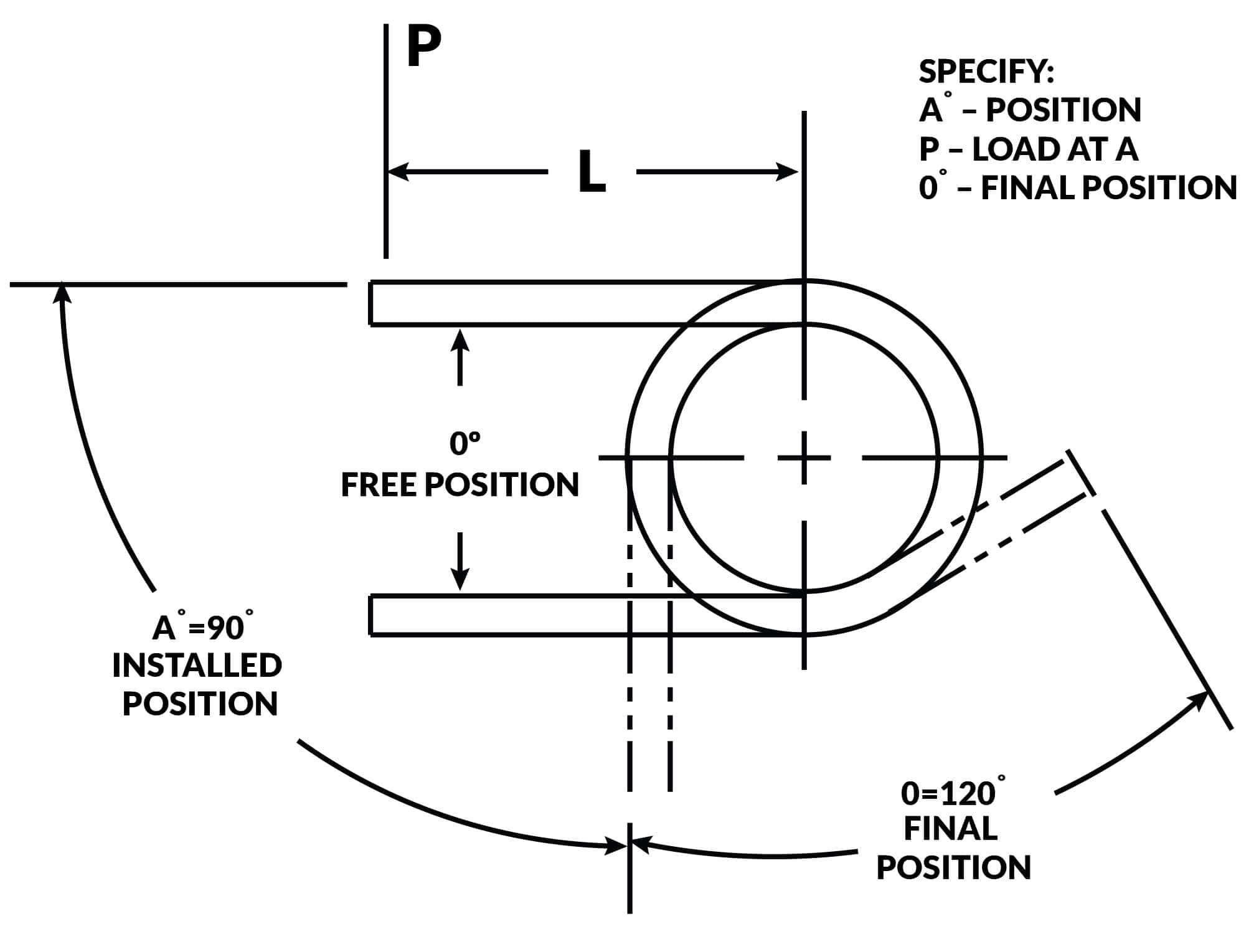Get unique, complex parts easily. No matter your requirements, Chaoyi Spring creates hard-to-produce coil springs and wire forms.
Let us help you create the custom wire form you need, from S-hooks and J-hooks to utility hooks and more.
We work closely with customers across a wide range of industries, helping them design and manufacture made-to-order parts.
Why choose Chaoyi Spring? We prioritize customer-focused collaboration, modern equipment and the latest technology to make your parts per print.
Find the information and guidance you need, from measuring a spring to learning about materials, placing an order and much more.
Springs, those ubiquitous helical marvels, silently underpin countless aspects of our lives. From the simple act of bouncing a ball to the complex workings of intricate machinery, springs are essential


Springs, those ubiquitous helical marvels, silently underpin countless aspects of our lives. From the simple act of bouncing a ball to the complex workings of intricate machinery, springs are essential for storing and releasing energy. Understanding the maximum compression of a spring, the point at which it reaches its elastic limit, is crucial for engineers and designers seeking to optimize performance and ensure safety. This article delves into the nuances of maximum spring compression, exploring the factors that govern this critical parameter, the implications of exceeding this limit, and the methods used to calculate it.

A spring's ability to compress, or shorten, is one of its fundamental characteristics. This compression is directly related to the force applied to the spring and its inherent spring constant. The spring constant, often denoted by 'k', represents the spring's stiffness – a higher 'k' value signifies a stiffer spring that requires greater force to compress. As force is applied, the spring compresses until it reaches a point known as its maximum compression, beyond which its elastic behavior breaks down.
Every spring has an elastic limit – a point of maximum compression beyond which the spring will experience permanent deformation. If you push a spring past this limit, it will not return to its original length. This is akin to stretching a rubber band too far – it loses its ability to snap back into its original form. The elastic limit is determined by the material's properties and the spring's design.
Several factors influence the maximum compression a spring can withstand. These include:
Calculating the maximum compression of a spring is a critical task for engineers and designers. While there are more advanced methods involving finite element analysis, a simplified approach based on Hooke's law provides a useful starting point. Hooke's law states that the force (F) exerted by a spring is directly proportional to its displacement (x) from its equilibrium position. This relationship is expressed as: F = kx, where k is the spring constant. However, this equation only holds true within the elastic limit of the spring. To determine the maximum compression, we need to consider the material's yield strength, which represents the point at which permanent deformation begins.
The maximum compression (x_max) can be estimated using the formula:
x_max = (Yield Strength * Cross-Sectional Area) / Spring Constant
Understanding the maximum compression of a spring is not simply an academic exercise. It has significant practical implications, especially in engineering applications where reliability and safety are paramount. Here are some key reasons why:
While the basic calculation of maximum compression provides a useful starting point, real-world applications often involve more complex factors. For example, cyclic loading, temperature variations, and environmental factors can all influence a spring's behavior and its maximum compression. Advanced engineering analyses, such as finite element analysis (FEA), are often employed to model and predict the spring's performance in such scenarios.
Springs, seemingly simple devices, are remarkable examples of how material properties and design choices can be combined to create functional components. The concept of maximum compression, a critical parameter in spring design, highlights the delicate balance between force, deformation, and material behavior. As engineers and designers, we must embrace the complexities of spring mechanics to harness their potential for innovation and safety. After all, the world around us, from the smallest toys to the largest machines, relies on these remarkable coils of resilience.
In conclusion, understanding the maximum compression of a spring is essential for optimizing performance, ensuring safety, and designing reliable systems. Whether it's a simple spring-loaded toy or a complex piece of machinery, comprehending this critical parameter is key to unlocking the full potential of these ubiquitous components. By embracing the intricacies of spring mechanics, engineers and designers can push the boundaries of innovation while ensuring the safety and reliability of the systems we rely on every day.
Browse some of the custom wire forms and springs that we manufacture. Don’t see what you need? We specialize in made-to-order products that meet your application requirements.
Visit Our GalleryNeed a custom wire form or coil spring? We make it work. Fill out the contact form and a representative will respond within 1 business day. If you have a PDF or CAD file, you can submit to request a quote.